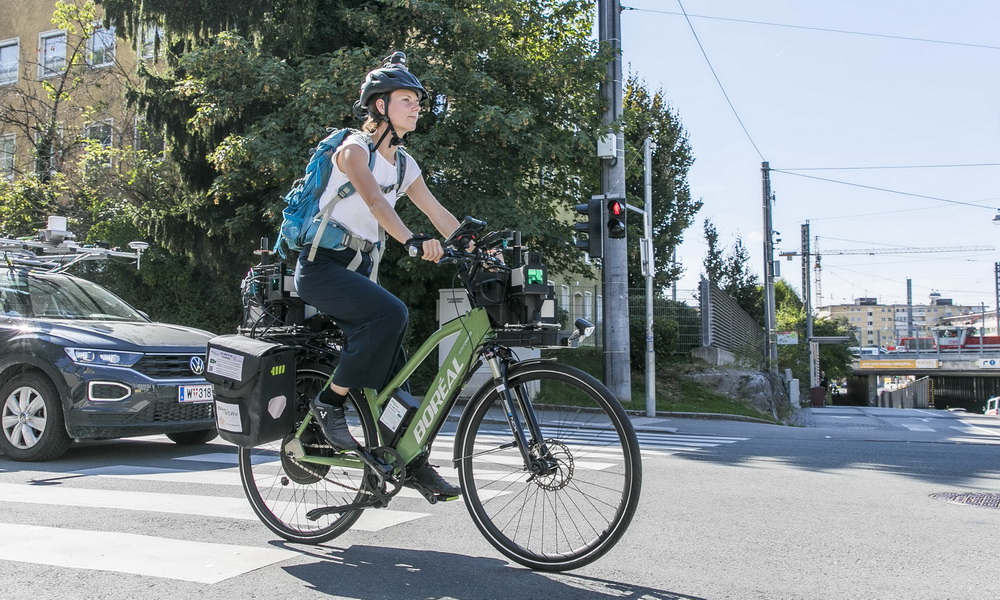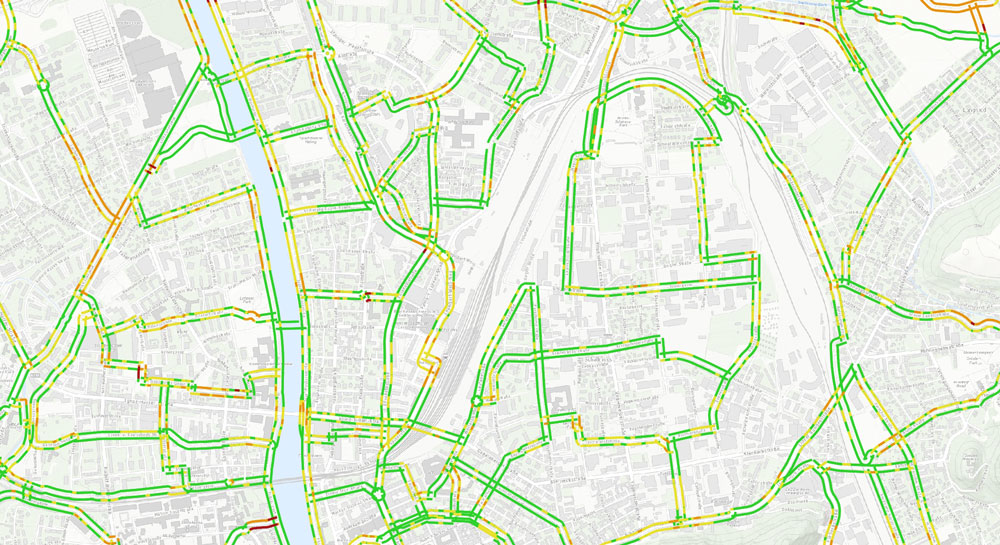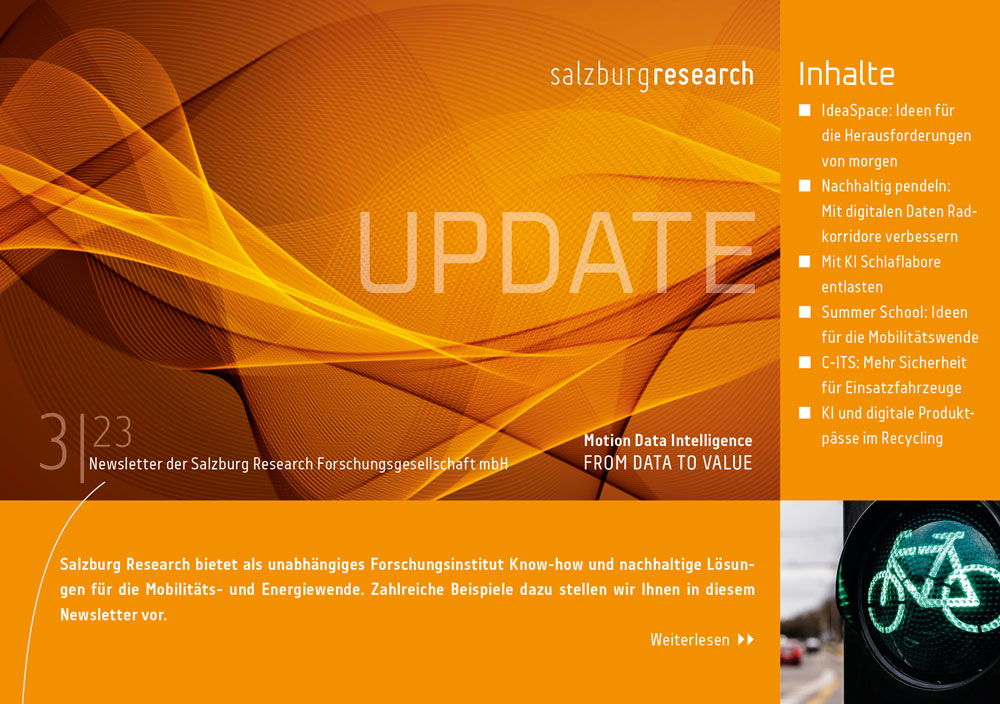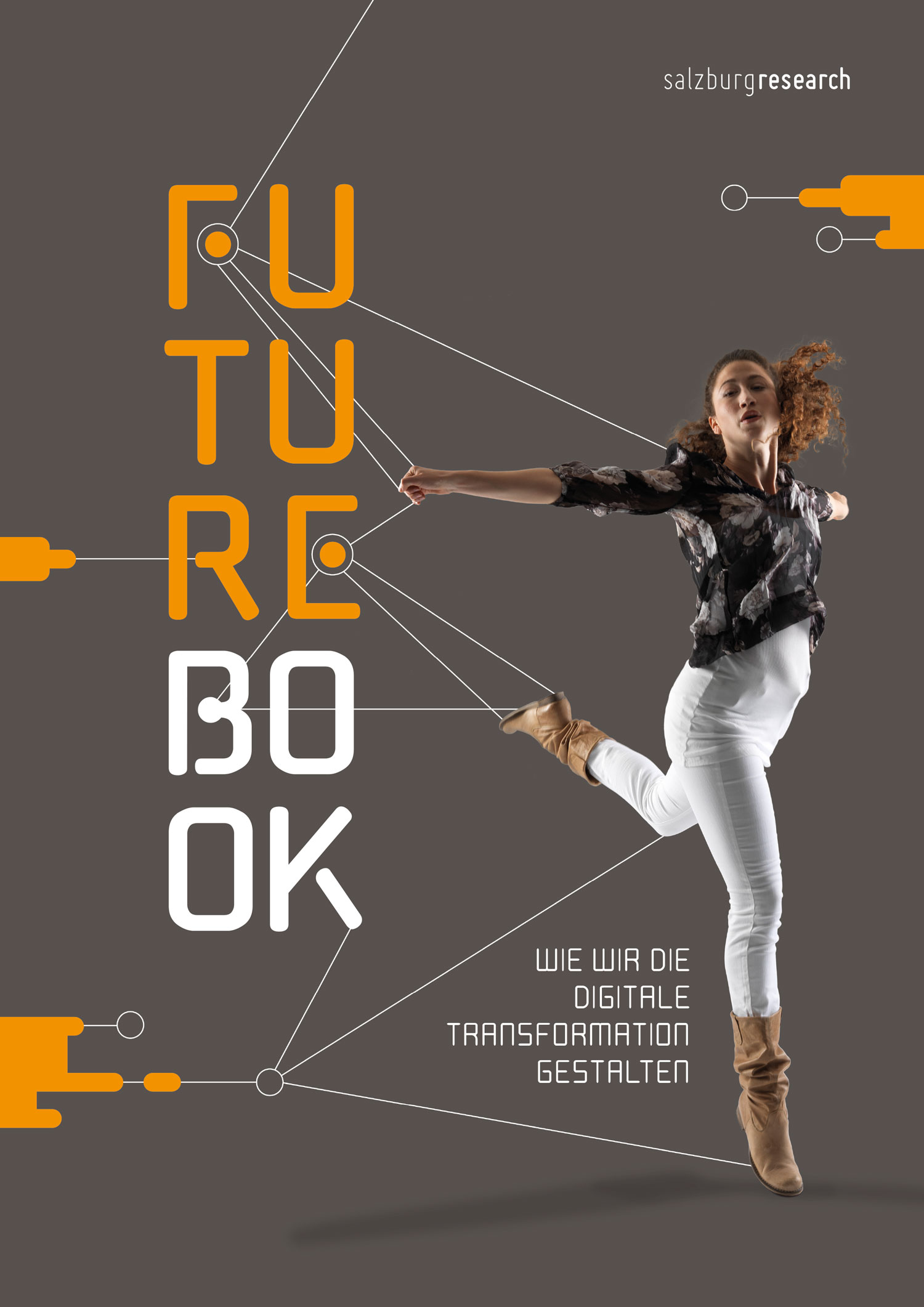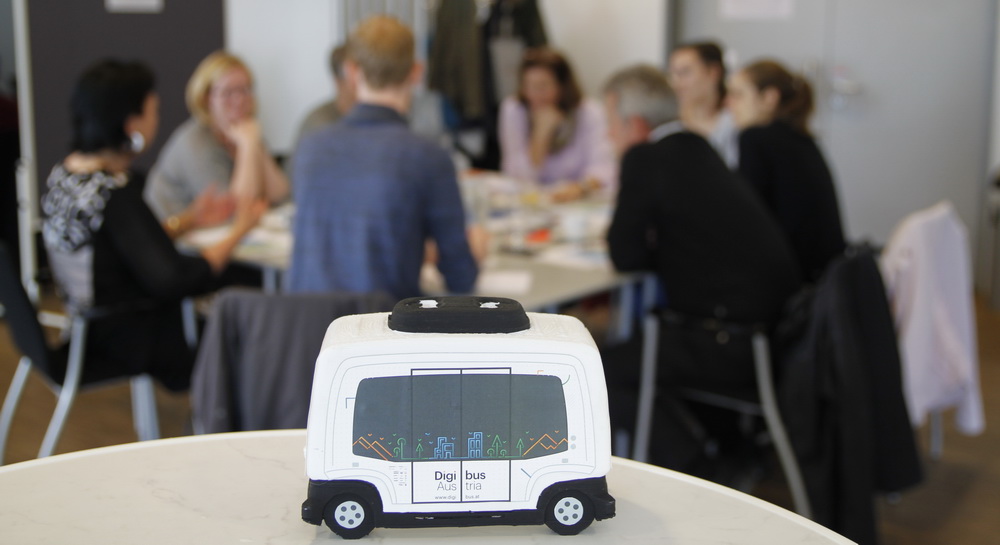
What Salzburgers Think About Automated Mobility
Driving without steering wheel? What do the people of Salzburg think, expect or fear? The opinion of the population was raised to automated mobility as part of a global dialogue with citizens. Salzburg Research has now published the regional results for the province of Salzburg.
Automated driving is a very technical topic, but also includes a wide range of social issues. To get the opinion of citizens from different walks of life, they were invited to spend a day discussing the opportunities, opportunities, potentials and risks of automated mobility and sharing their impact on our everyday lives. The international citizen dialogue on automated mobility took place at the beginning of April in Vienna, Linz, Graz, Pörtschach and Salzburg. Further dialogues followed in Germany, France, Canada, the USA, Singapore and other countries.
On behalf of the state of Salzburg, Salzburg Research invited to the Citizens Dialogue in Salzburg and evaluated the Salzburg detailed results. The results report is now publicly available.
Positive Attitude to Automated Mobility
Parallel to the Austria-wide results, the participating Salzburg residents also have a positive attitude towards automated mobility. 78 percent of the participants regard the introduction of automated mobility to them personally as a good or very good thing. Only nine percent of the participants had major reservations about the introduction of automated mobility.
Automated Mobility = Future
The participants were asked at the beginning and at the end of the event to name one word they associate with automated mobility. Both at the beginning and at the end of the debate, the positive attributions to automated mobility outweighed. It is striking that at the end of the event twice as many participants gave the word “future” than at the beginning.
The most commonly mentioned hope that participants expect from introducing automated vehicles was “accessibility”. In their opinion, automated vehicles promote mobility for all as well as the accessibility of traffic for people with reduced mobility. Parallel to the Austria-wide results, “safety” and “accident prevention” are also of central importance to the Salzburg residents. The main concerns are about expected costs, rigid surveillance and potential data misuse.
Opportunities and Risks of Automated Mobility
Particularly great improvements are expected in the ability to deal with other while driving, fewer injuries due to traffic accidents, less congestion on highways or, for example, the possibility of private car use. The only aspects in which more than 20 percent of participants fear deterioration are the expected total costs of public transport (22 percent) and the total cost of ownership of cars (48 percent).
The Degree of Automation Increase the Reservations
The results on the confidence in the various automation levels also show parallels with the Austrian-wide results. At level 2 (partial automation), almost all (96 percent) of the participants agree that they would feel comfortable. This level of automation is already partly reality. Examples are automatic parking, lane keeping or traffic jam assistants. At level 3 (“conditional automation”, e.g. vehicle flashes automatically when changing lanes), 4 (high automation: the vehicle takes the lead, driver intervenes when needed) and 5 (full automation: no driver required), the feel-good factor drops to 78 percent, 65 percent or 48 percent off. At level 5, just over half of the participants said that they felt insecure or no longer comfortable.
“Participants said that extensive testing is essential to boost confidence in the new technology”, says Cornelia Zankl. “The different degrees of automation must first be tested sufficiently and in realistic environments before they can be used in everyday life.”
Public Transport as the Most Promising Scenario
The participants were asked to choose the one with the highest potential from the following four development scenarios of the mobility system:
- The car pool model: in this model, private fleet operators offer robotic and automated shuttles
- The public transport model: public transport is automated, supplemented and forms the strong backbone of the mobility system
- The Private Ownership Model: cars are automated, but are privately owned
- The existing transport system is being improved, but automated mobility is not being invested.
The Salzburg residents clearly preferred the public transport model as a model for the future. All participants see this scenario as “desirable” or “very desirable”. Often, this scenario is also combined with the car pool model, and this combination is considered an ideal solution. The reasons for this were that it could reduce traffic volumes, maintain flexibility and protect the environment.
Exactly this model also serves the current research project “Digibus® Austria”. In the Austrian flagship project “Digibus® Austria”, a top-class consortium headed by Salzburg Research is researching and testing the reliable and safe operation of automated minibuses in local public transport. Independence and driving safety of autonomous vehicles should be further improved. In addition there is a test position for research purposes among others in the Flachgauer municipality Koppl.
Almost all participants find the use of an automated shuttle as a feeder to public transport to cover the last mile as well as an on-demand shuttle most sensible. The use of such automated shuttles would benefit primarily the elderly, especially in rural areas. There are concerns about a potential increase in individual traffic, as even short distances would no longer be covered by bike or on foot, but instead an automated shuttle would be required.
In Austria, 170 people participated in the Citizen Dialog Automated Mobility, and in Salzburg 23 citizens discussed.
Full Report:
Result Report: Citizen Dialog Automated Mobility in Salzburg (in German)
https://www.salzburgresearch.at/publikation/buergerinnen-dialog-automatisierte-mobilitaet-in-salzburg/
Press Release (in German): Was Salzburger/-innen über automatisierte Mobilität denken


